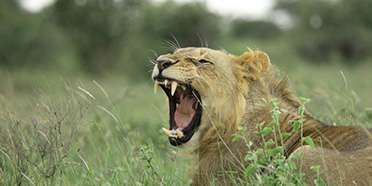
Safari Tours to Nairobi NP
-
![8-Day Northern Kenya Luxury Safari]()
8-Day Northern Kenya Luxury Safari
$9,199 to $9,999 pp (USD)
Kenya: Private tourLuxuryLodge & Hotel
You Visit: Nairobi (Start), Laikipia Plateau, Nairobi NP, Nairobi (End)

Wayfairer Travel
4.8/5 – 183 Reviews
-
![4-Day Nairobi City and Masai Mara Luxury Safari Package]()
4-Day Nairobi City and Masai Mara Luxury Safari Package
$1,508 to $2,221 pp (USD)
Kenya: Private tourLuxuryTented Camp & Hotel
You Visit: Nairobi (Start), Nairobi NP, Masai Mara NR, Nairobi (End)

Kudu Hills Safaris
4.9/5 – 16 Reviews
-
![6-Day Nairobi, Tsavo and Amboseli Discovery Safari]()
6-Day Nairobi, Tsavo and Amboseli Discovery Safari
$2,016 to $2,090 pp (USD)
Kenya: Private tour
Mid-range Lodge & Tented CampYou Visit: Nairobi (Start), Nairobi NP, Amboseli NP, Tsavo West NP, Tsavo East NP, Nairobi (End)

Jorado Safaris
5.0/5 – 15 Reviews

 Kenya Parks
Kenya Parks














